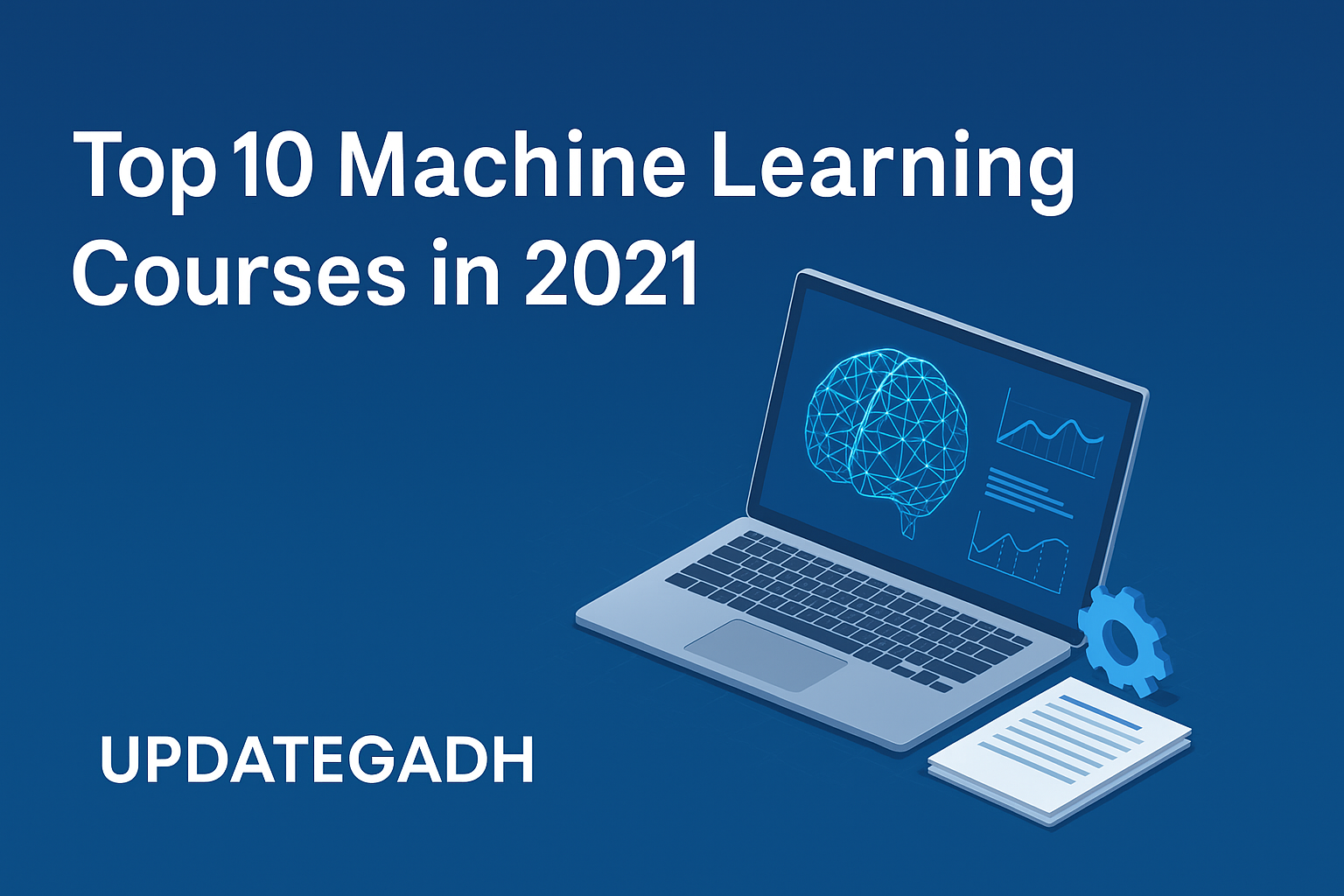
🧠 Examples of Machine Learning
Examples of Machine Learning
Machine Learning (ML) is no longer just a buzzword — it’s a revolutionary technology that’s quietly embedded in our daily lives. Whether we’re aware of it or not, we’re surrounded by systems powered by ML, from unlocking our phones with our faces to getting the perfect shirt recommendation online.
As a subset of Artificial Intelligence (AI), machine learning enables systems to learn from data, identify patterns, and make decisions with minimal human intervention. It applies statistical techniques to help machines improve performance based on experience. Let’s explore some real-world, practical examples where ML is making a significant impact:
Complete Python Course with Advance topics:-Click Here
SQL Tutorial :-Click Here
Data Science Tutorial:-Click Here
1. Speech and Image Recognition
Speech Recognition—also known as Automatic Speech Recognition (ASR)—converts spoken language into text. It powers tools like Google Assistant, Alexa, Siri, and even voice typing on your smartphone. Think about voice dialing, searching via voice on YouTube, or controlling smart devices — all these run on ML.
Image Recognition is another essential application. From tagging friends on Facebook to unlocking smartphones using facial recognition, ML is everywhere. Apps like Google Photos use it to detect faces, objects, and even scenes in pictures. Handwriting recognition and biometric security are further examples.
2. Traffic Predictions with Google Maps
We often rely on Google Maps to find the fastest route and avoid traffic. But how does it know where the traffic is? Machine learning.
Google Maps gathers data from user movements, historical traffic patterns, and real-time analytics. It uses ML models to predict congestion and suggest optimal routes. The app even adjusts its estimates as more data comes in while you’re on the move.
3. Chatbots and Online Customer Support
Today, chatbots are handling customer queries in banking, healthcare, e-commerce, and more. Powered by ML, they learn from previous conversations, improve responses over time, and offer 24/7 support.
Initially trained with frequently asked questions, these bots can identify keywords from user queries and provide accurate answers in real time — helping reduce human workload and enhancing customer experience.
4. Google Translate and Language Processing
Need to read a French report but only know English? Google Translate is your friend — and it uses advanced ML via Google Neural Machine Translation (GNMT) to convert text from one language to another.
It doesn’t just replace words — it understands sentence structure, grammar, and context, making translations more accurate and natural.
5. Predictive Analytics
From predicting whether a loan will default to forecasting customer churn, ML plays a crucial role in decision-making.
Banks, e-commerce platforms, and marketing firms use predictive models trained on historical data. These models help classify risks, forecast trends, and make better business decisions in real-time.
6. Data Extraction from Unstructured Sources
ML helps transform raw, unstructured data into usable, structured formats. This is particularly useful in healthcare, where algorithms extract relevant information from medical notes or scans for diagnosis and treatment.
Use cases include detecting vocal cord disorders, analyzing radiology reports, and improving clinical workflow efficiency.
7. Statistical Arbitrage in Finance
Financial firms use ML algorithms to analyze vast amounts of market data and execute high-frequency trades. This practice, known as Statistical Arbitrage, identifies short-term pricing inefficiencies for quick profit.
Algorithms process economic indicators, news sentiment, and historical price patterns to identify real-time trading opportunities.
8. Auto-Friend Tag Suggestions
Facebook’s auto-tag feature is a prime example of ML in action. By using a deep learning system called DeepFace, Facebook identifies and suggests tags for faces in your photos. It learns from your past tagging history and facial patterns to improve accuracy.
9. Self-Driving Cars
Driverless cars are one of the most futuristic applications of ML. These vehicles use a mix of algorithms like YOLO (You Only Look Once), SIFT, and AdaBoost to detect lanes, obstacles, and traffic signs in real-time.
Machine learning enables cars to understand their environment, make decisions like when to brake or change lanes, and improve over time as they gather more data.
10. Ad Recommendations
Ever noticed how the ads you see online are eerily relevant to your recent searches? That’s ML at work.
Ad platforms analyze your browsing behavior, search history, and demographics to serve personalized advertisements. For instance, if you search for “smart shoes,” you’re likely to see shoe ads on multiple platforms for days.
11. Video Surveillance
Modern video surveillance systems use ML to detect abnormal or suspicious behavior in real time. Unlike humans, machines can monitor dozens of camera feeds simultaneously without fatigue.
Use cases include:
- Identifying loitering or unusual movement
- Monitoring crowd density
- Preventing crimes in public areas
12. Email Spam Filtering
Every day, email services like Gmail filter spam from your inbox using machine learning. These filters detect patterns based on subject lines, sender information, and message content.
Spam detection algorithms include:
- Naïve Bayes Classifier
- Decision Trees
- Multi-layer Perceptrons
They continuously learn from user feedback (marking spam or not spam) to improve accuracy.
13. Real-Time Dynamic Pricing
When you book a cab during peak hours, you often pay more — that’s surge pricing, and it’s driven by ML.
Ride-sharing apps like Uber use ML to:
- Monitor demand and supply
- Adjust prices in real-time
- Predict customer reactions to pricing changes
- Optimize pricing strategies to retain users
14. ML in Gaming and Education
Educational platforms like Duolingo use ML to create personalized learning paths. The app tracks how well you remember vocabulary and adjusts the difficulty and timing of lessons accordingly.
In gaming, ML improves non-player character (NPC) behavior and adapts gameplay based on user performance.
15. Virtual Assistants
Virtual assistants like Siri, Alexa, Cortana, and Google Assistant rely on ML, NLP (Natural Language Processing), and AI to understand and respond to voice commands.
They learn your preferences over time, from favorite playlists to daily routines, offering a personalized and intelligent assistant experience.
Download New Real Time Projects :-Click here
Complete Advance AI topics:- CLICK HERE
Final Thoughts
Machine learning has quietly become the backbone of modern life. From smart assistants and self-driving cars to personalized ads and predictive models — the applications are endless and constantly evolving.
At Updategadh, we believe that understanding ML is not just for tech enthusiasts. It’s for everyone living in this AI-driven era.
Want to explore more real-world tech innovations? Stay tuned with Updategadh — your go-to guide for emerging technologies.
📩 Got questions or thoughts on ML applications? Drop them in the comments below!
real-life examples of machine learning
examples of machine learning applications
simple example of machine learning
types of machine learning
10 uses of machine learning
what is machine learning
machine learning examples in python
applications of machine learning pdf










Post Comment